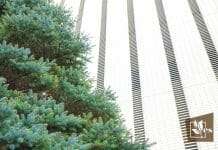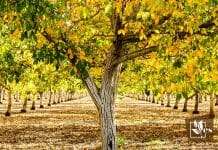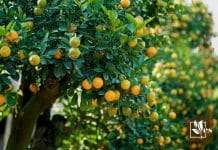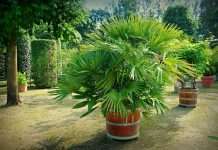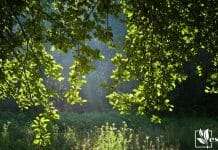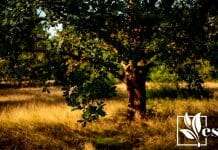- When Are Golden Delicious Apples Ready to Pick: A Comprehensive Guide - July 13, 2024
- When Are Green Bell Peppers Ready to Pick: A Gardener’s Guide - July 13, 2024
- When Are Jalapeno Peppers Ready to Pick: A Gardener’s Guide - July 13, 2024
Trees with red bark – like the paperbark maple and Japanese Stewartia – are super beautiful because when you get attracted by them because of their beautiful leaves, you will get stunned when you see their pretty red barks.
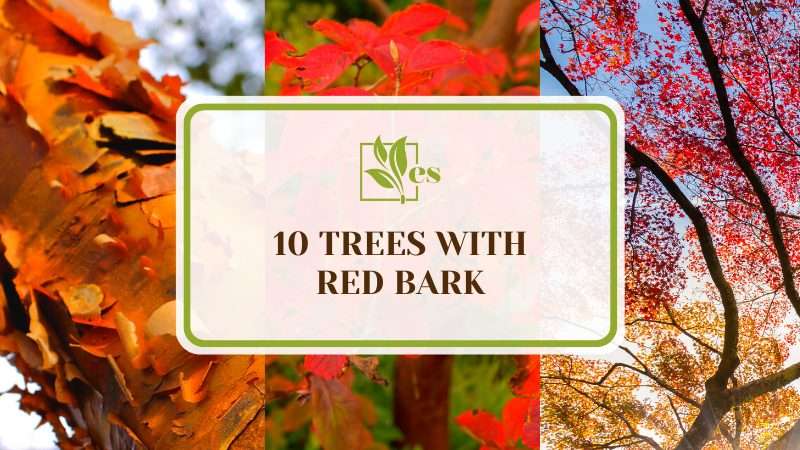
If you want the eyes of people to never leave your garden, read this article to see some of the prettiest trees that you can grow.
JUMP TO TOPIC
Trees With Red Bark You Can Add to Your Garden
1. Coral Bark Japanese Maple
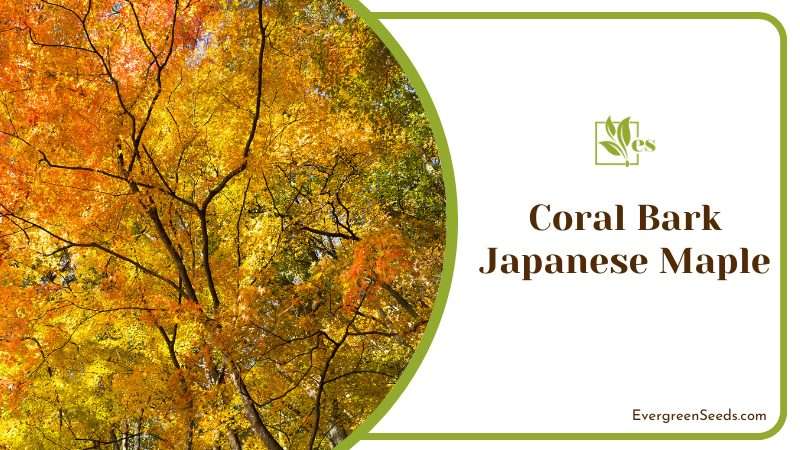
| Tree Specifications |
|
| Native to |
|
| Care Requirements |
|
| Common Pests |
|
If you are looking for the most beautiful tree with a red bark that you’d love to grow in your garden, the Acer palmatum ‘Sango-kaku’ tree of the Sapindaceae family is “the tree” for you. This is truly a magnificent tree that will cause a stare because of its beautiful bark.
The bark has a sharp red color and what’s even better is that the color of the leaves contrasts the bark. The leaves are yellow or pale green, so both the leaves and bark of this tree are a sight to behold.
Beautiful trees such as this need extra care, right? Well, no. So long as you are growing this beauty in the right USDA zone and it gets as much light as it needs, you can grow it free from problems.
Just make sure that the soil stays fertile and is not waterlogged. If you see leaves falling from the tree when they should not be falling, it is a sign of stress from the roots of the tree.
2. Paperbark Maple
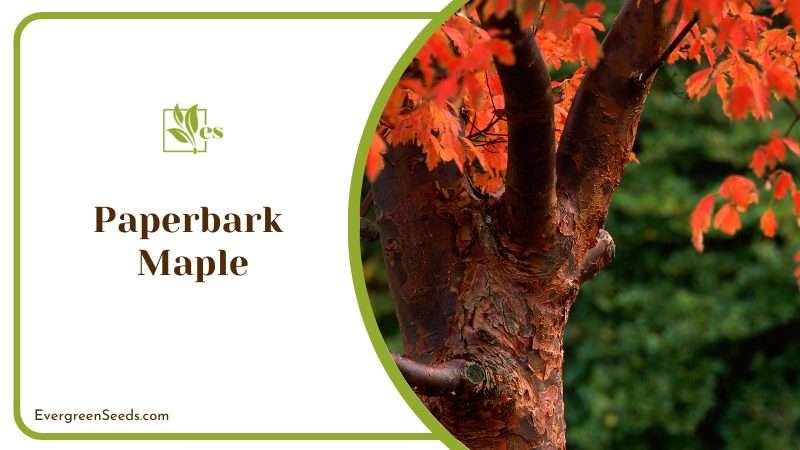
| Tree Specifications |
|
| Native to |
|
| Care Requirements |
|
| Common Pests |
|
There is always a maple tree for you no matter what type of tree you are looking for. The Acer griseum is one beautiful tree with bright or dark red bark.
It has a peeling bark, so you’d see patches of red around your yard, especially in windy periods. This tree also grows red leaves in the fall months, so you get to see both red bark and leaves in a single tree. Awesome, right?
3. River Birch
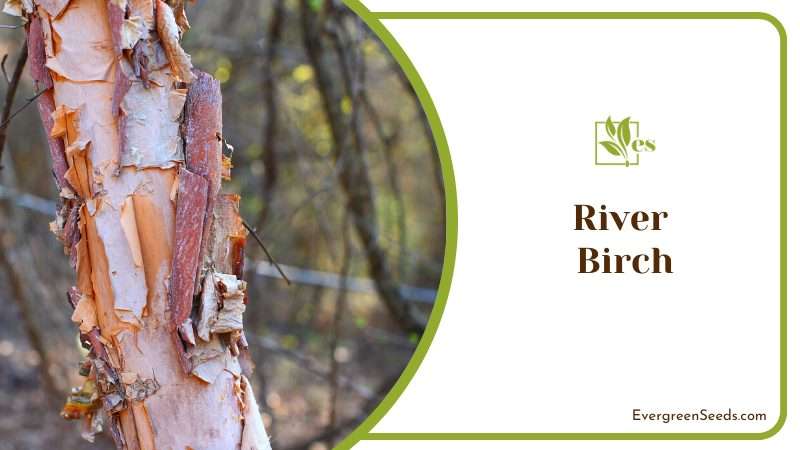
| Tree Specifications |
|
| Native to |
|
| Care Requirements |
|
| Common Pests |
|
These birches, Betula nigra, are popular for their paperback barks with varying colors. While some are red, others can be pale yellow to brown.
This tree is related to the popular paper birch tree which has white bark. Something extra special about this tree is that it can grow over 80 feet tall so long as its growing conditions are met. If you are a fan of tall trees with beautiful barks, this is the tree for you.
Just in case its bark starts peeling, remember to keep the tree and its environment always clean. Also, allow the crown of its roots to be slightly exposed to the air by not covering it with mulch, as a covered crown can lead to the suffocation of the tree.
4. Japanese Stewartia
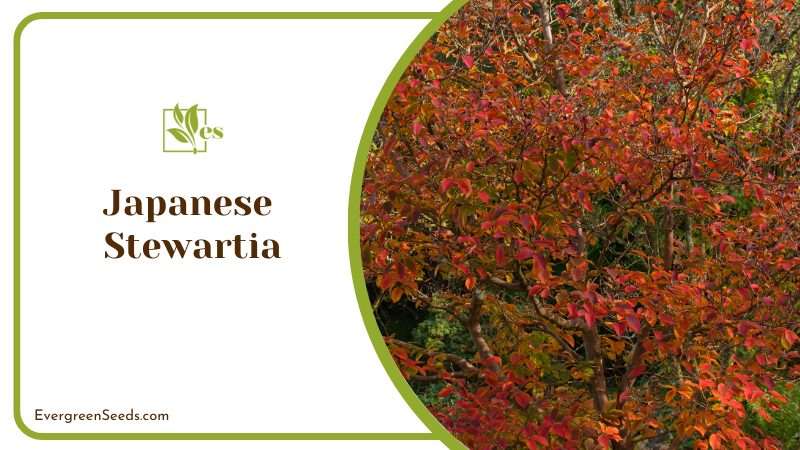
| Tree Specifications |
|
| Native to |
|
| Care Requirements |
|
| Common Pests |
|
This beautiful tree can grow as an evergreen or deciduous tree according to the region. The Stewartia pseudocamellia is a beautiful species with varieties that can have red barks and very beautiful leaves, especially in early spring.
If you grow these trees in tropical regions, they will grow as evergreen trees and you’d see multiple colors of leaves throughout the year. However, they lose their leaves as winter approaches in temperate regions.
How do you care for your stewartias? Ensure that you clear the soil of debris so that the crown of the tree’s roots will be exposed to the air. Also, make sure that you feed the tree with organic nutrients, as they last longer in the soil and give the tree the complete nutrients that it needs.
5. Snow Gum
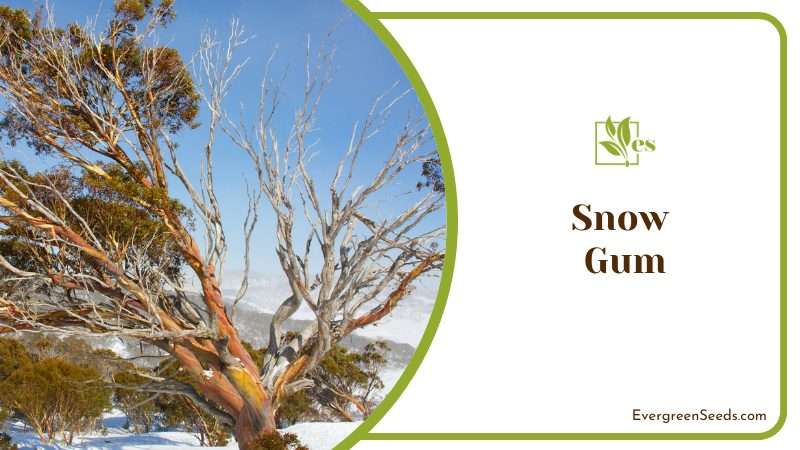
| Tree Specifications |
|
| Native to |
|
| Care Requirements |
|
| Common Pests |
|
You’d surely want to grow the Eucalyptus pauciflora tree when you take a look at its very beautiful bark. It has very smooth bark with stripes of red, brown, and other colors.
What’s special about the tree is that its fall color is different from the winter color, as the bark looks more brilliant in the winter. Imagine seeing a smooth bark with stripes of red just in front of a pure white background. Awesome, right?
If you’d love to grow this beauty, you need to make sure that the type of soil you have stays fertile so that it can grow beautiful flowers as well as maintain the beauty of its bark. Also, protect the tree from beetles and other pests, as their larvae eat the bark of the tree and make it lose its beauty.
6. Tibetan Cherry
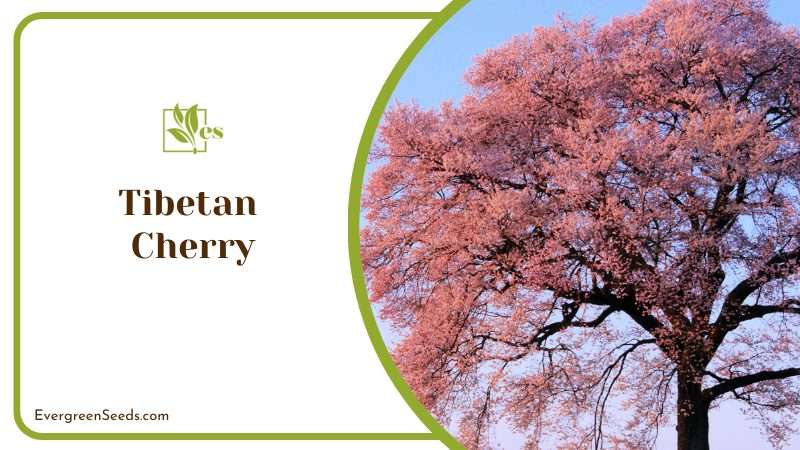
| Tree Specifications |
|
| Native to |
|
| Care Requirements |
|
| Common Pests |
|
If you mean business in searching for a tree with red bark, here is the Prunus serrula tree for you. People all over the world grow this tree for ornamental purposes because of its striking red bark.
The bark looks like metal from a distance and will surely cause a stare. Looking at the bark, you’d agree that this beautiful tree should be somewhere in your garden, right?
You need to properly care for your cherry tree so that the red bark does not peel off. You can care for the tree by growing it in a spot where it does not get too much sunlight, especially the hot summer sun. Also, ensure that the humidity level is never arid, as low levels of humidity can lead to the bark peeling off.
7. Japanese Red Pine
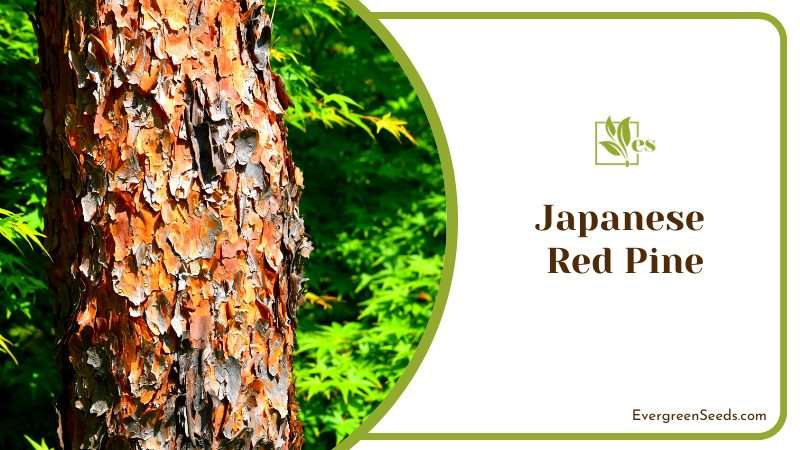
| Tree Specifications |
|
| Native to |
|
| Care Requirements |
|
| Common Pests |
|
If you mean business in searching for trees with red bark, you may need to go to Japan, as so many trees with red bark are from that region.
The Pinus densiflora is another beautiful tree with striking red or light brown bark. This tree is a pine tree, so it has a lot of green pine needles to complement the color of its bark. It can grow over 50 feet in height, so it is the right tree for you if you are looking for tall trees.
This tree is super easy to grow. You just need to check the pH of the soil and make sure that it stays slightly acidic. Also, pine trees need a lot of sunlight, so do not grow this tree in a spot where it will have limited sunlight.
8. Crape Myrtle
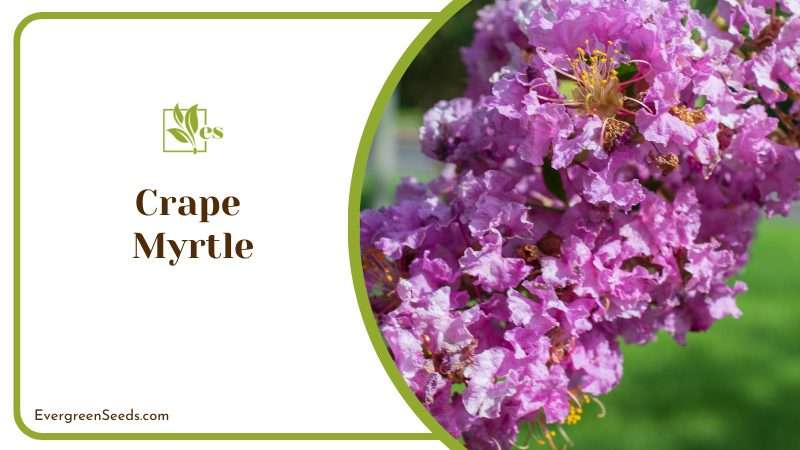
| Tree Specifications |
|
| Native to |
|
| Care Requirements |
|
| Common Pests |
|
Many varieties of the Lagerstroemia indica tree will thrill you with their red barks. However, others have golden barks that you might even prefer.
These small trees are perfect to grow in front of or beside your home. They also make good sidewalk trees because of their beautiful flowers. While these trees have beautiful bark, they also produce white, red, pink, or peach flowers according to the variety.
To grow this tree, ensure that you consider its USDA hardiness zone. Also, do not grow it too close to larger trees so that it can get as much sun as it needs. So long as your myrtle gets at least six hours of sunlight daily, it will grow without much effort from you.
9. Lacebark Elm
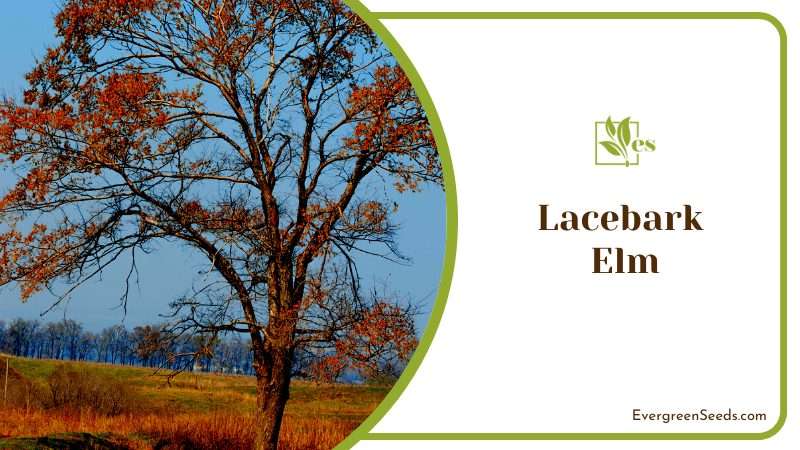
| Tree Specifications |
|
| Native to |
|
| Care Requirements |
|
| Common Pests |
|
Here’s one special tree that you should consider growing because of its unique bark. For other trees, the red bark peels off. However, the opposite is the case for Ulmus parvifolia trees, as the bark reveals a bright red color when it peels off. Note that different varieties of this tree have different bark colors.
10. Three-Flowered Maple
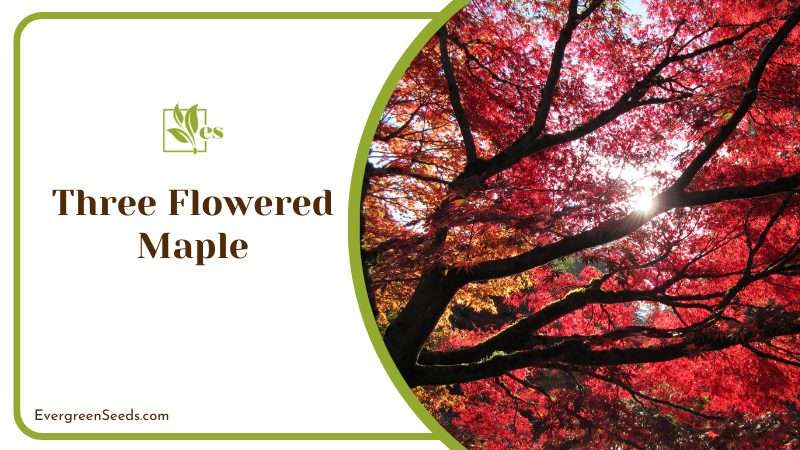
| Tree Specifications |
|
| Native to |
|
| Care Requirements |
|
| Common Pests |
|
It does not matter the type of tree that you are searching for, maples will always send a representative. The Acer triflorum is a popular maple tree known for its beautiful red or pale brown bark. This tree has a thick canopy, so when you get under it, you’d be protected from the sun and rain. Would you not like to grow it in your garden?
It is super easy to grow. However, monitor how much water is in the soil, as too much water in the soil can encourage fungi to attack your maples. The soil should never be soggy, as soggy soil can stress the maple, leading to the tree losing its leaves.


